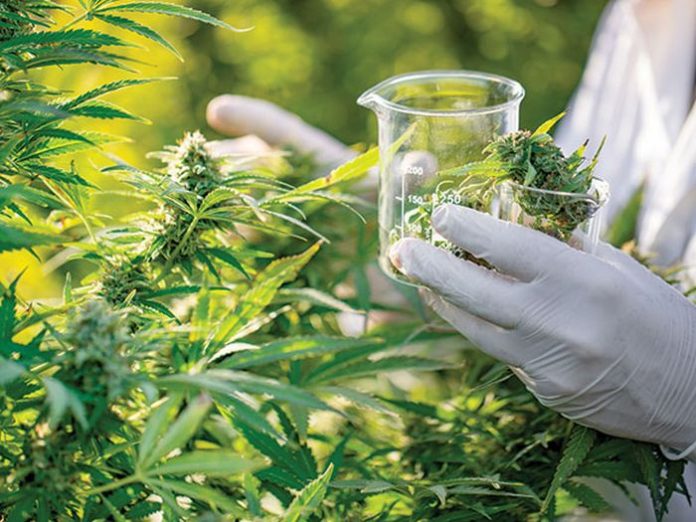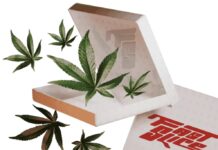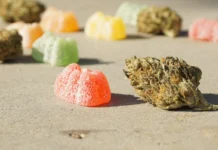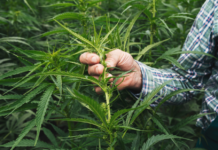Typically, when a state permits medical or recreational cannabis consumption, it also allows for home cultivation. Though there are a few outliers to this rule, the general truth is that if you can visit a dispensary, you can grow your own bud at home.
However, before you plow your backyard to prepare for your brand-new weed garden, you should know a few things about cannabis cultivation. Marijuana grows quickly, and most strains don’t require much care, but if you go into cultivation unprepared, you might be underwhelmed by the quality of the flower you ultimately harvest. To start, you might need to learn some crucial terminology. Here are the basic words you need to know:
Auto-flower
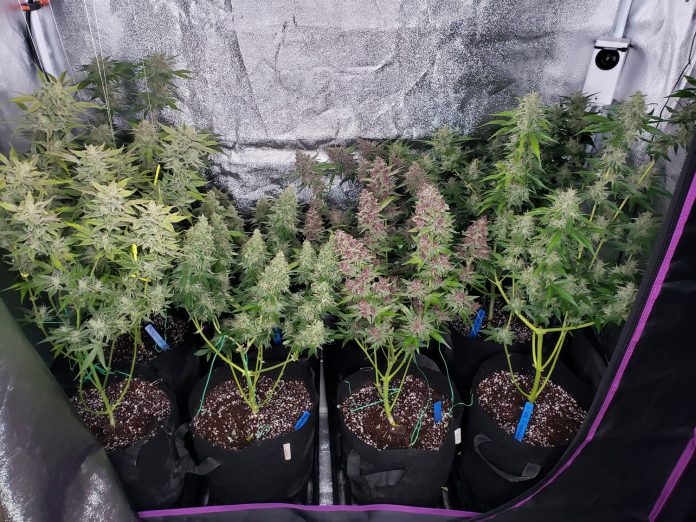
Many plants rely on the patterns of light and darkness to understand the seasons and flower in sync with other plants of the same species. Fortunately, breeders have developed auto-flower cannabis varieties, which will flower after a certain period regardless of lighting schedule. Generally, beginners should opt for auto-flower options because they are faster to flower and easier to maintain, but there are downsides to auto-flowering, such as lower yields and lower potency.
Clone
Cannabis can and does grow from seeds, but seeds can be unpredictable. If you want an exact copy of a certain strain, which will grow almost identically to that strain and produce almost identical yield and potency, you want a clone. A clone is a cutting that has been propagated into its own plant. There are downsides to clones, such as the possibility of passing on diseases or pests from the mother plant, but generally, clones are easier and speedier to cultivate at home than seeds. You might ask a local Fort Collins dispensary about finding clones for home cultivation.
Feminization
Cannabis plants reproduce sexually, meaning there are “male” plants and “female” plants which exchange genetic material to produce seeds. Unfortunately, male cannabis plants do not generate potent buds valued for harvest, so most breeders and home cultivators are less interested in keeping male plants around. Feminization is the process of creating all-female seeds, so growers don’t have to expend energy raising a useless male plant.
Aeroponics vs. Hydroponics
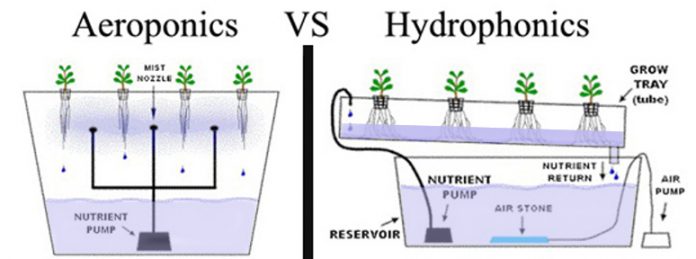
Most beginner cannabis growers will plant their crop in soil inside a container, but there are more advanced techniques for cultivation used my more experienced cannabis breeders. These include:
- Aeroponics, in which a cannabis plant’s roots are exposed to the air and regularly sprayed with water and a nutrient solution.
Hydroponics, in which a cannabis plant’s roots are exposed with a system of nutrient-rich water.
Neither method of growing is particularly novel or revolutionary, and they can be incredibly expensive. However, some growers have noted benefits to these systems, so you might look into how they work if you want to dabble in a more advanced growing technique after mastering the basics.
Plant Anatomy
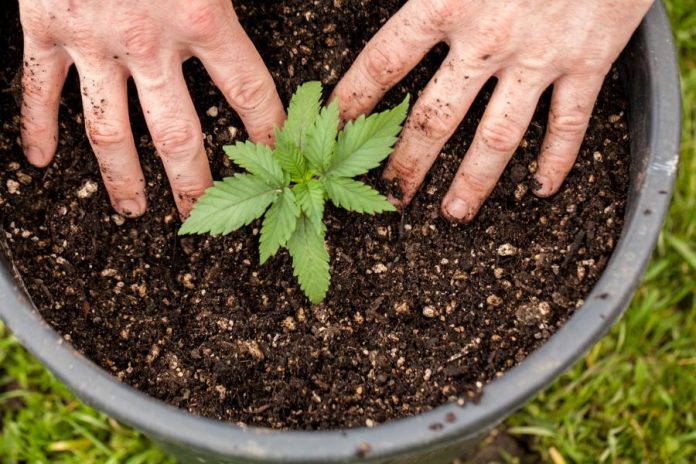
Though you don’t need a degree in botany to cultivate cannabis at home, you probably should familiarize yourself with a few key terms about plant anatomy, like these:
- Calyx, the outer leaves that envelop flowers
- Chlorophyll, the compound in plants that turns them green and allows for the absorption of light and the synthesis of energy
- Consemilla, a cannabis bud that has gone to seed
- Cotyledons, the first pair of leaves that appear after a flower germinates and begins producing seeds
- Fan leaves, the typical symbol of cannabis, large leaves used for collecting light
- Necrotic tissues, patches of the plant that have died
- Node, location where the leaf joins the stem
- Petiole, the support that attaches the leaf to the stem
- Phytochrome, a compound in cannabis plants that tracks light and stimulates flowering
- Pistil, the female part of a cannabis flower, which contains the genetic information for producing a seed
- Rhizosphere, the area of soil surrounding the plant’s roots
- Sinsemilla, cannabis flowers that do not produce seeds
- Stamen, the male component of a flower, which produces pollen to fertilize the pistil
- Trichomes, glands on the cannabis plant that produce compounds like cannabinoids and terpenes. These often look like frost or glitter, and they will feel sticky when broken
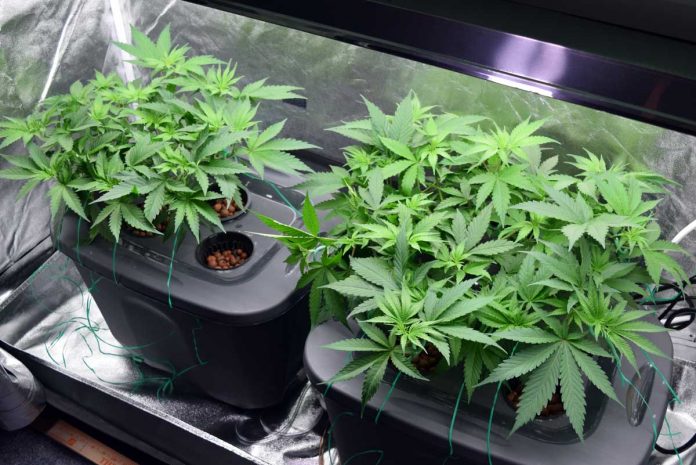
At-home cannabis cultivation is equal parts art and science, and you won’t find great success unless you are passionate about the project. You can learn more cultivation terms by joining a cultivation community online or talking to knowledgeable budtenders at your local dispensary or grow op.
